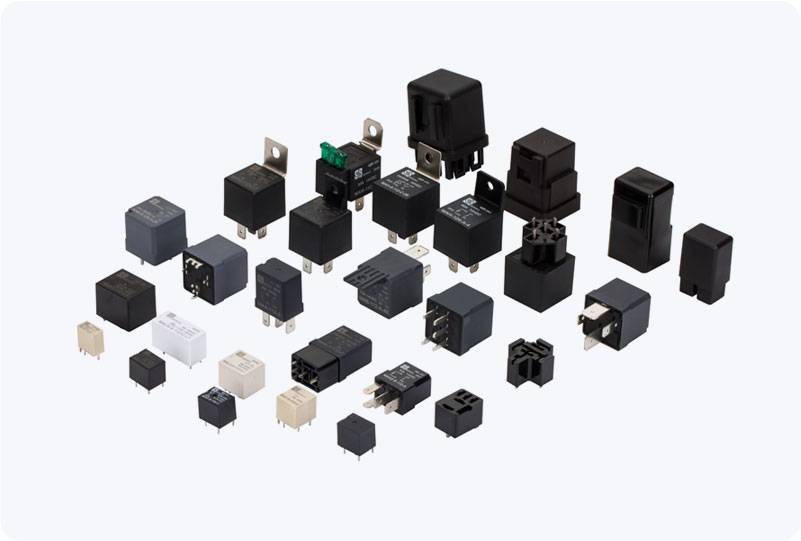understanding ac motor relay: essential components for motor protection and control
Release time:2025-10-19 05:55:04
AC Motor Relays are indispensable components in the electrical systems that control and protect alternating current (AC) motors. These relays play a critical role in ensuring the smooth operation and longevity of AC motors, which are widely used in various industries, from manufacturing plants to household appliances. The primary function of an AC motor relay is to provide electrical protection to motors by monitoring conditions such as overloads, under-voltage, or over-temperature situations. In this article, we will explore the working principles, types, applications, and importance of AC motor relays.

What is an AC Motor Relay?
An AC Motor Relay is an electrical device used to control and protect AC motors in a wide range of applications. It functions as an automatic switch, allowing or interrupting the flow of current to the motor based on the operating conditions. These relays are designed to ensure that the motor operates within safe parameters, preventing damage due to overloads, under-voltage, or excessive temperature.
Key Functions of AC Motor Relays
Motor Protection: The primary purpose of an AC motor relay is to protect the motor from potential damage due to electrical faults. One of the most common protections provided by these relays is overload protection. When the motor experiences excessive current beyond its rated capacity, the relay interrupts the power supply to the motor, preventing overheating or mechanical failure. Some relays also provide under-voltage protection, ensuring that the motor does not run when the voltage drops below a specified threshold.

